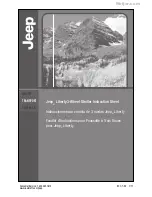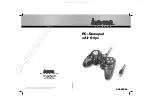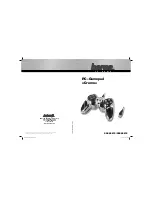
Sequence of operation
CNT-SVX04A-EN
57
forms of cooling are used if the economizer cannot meet the demand alone.
See “Modulating outdoor air damper operation” on page 66 for additional
information. A value of Enable or Disable for nviEconEnable overrides other
local decisions, regardless of the outdoor temperature.
When economizing is not possible in the occupied mode, the controller opens
the outdoor air damper to the occupied minimum damper position or the
occupied standby damper position when in the occupied standby mode.
The use of DX and economizer require special handling. See DX operation on
page “DX operation” on page 70 for more information.
Discharge air tempering
Cascade cooling control initiates a discharge air tempering function if the
discharge air temperature falls below the discharge air temperature control low
limit, all cooling capacity is at minimum, and the discharge control loop
determines a need to raise the discharge air temperature. The controller then
provides heating capacity if available to raise the discharge air temperature to
its low limit.
The discharge air tempering function is often invoked when cold outdoor air is
brought in through the outdoor air damper, causing the discharge air to fall
below the discharge air temperature control low limit. The controller exits the
discharge air tempering function when heat capacity has been at 0% for five
minutes.
Heating operation
During the heating mode, the Tracer ZN.520 zone controller attempts to
maintain the space temperature at the active heating setpoint. Based on the
occupancy mode of the controller, the active heating setpoint is one of the
following:
■
Occupied heating
■
Occupied standby heating
■
Unoccupied heating
During dehumidification in the heating mode, the controller adjusts the heating
setpoint up to the cooling setpoint. This reduces the relative humidity in the
space with a minimum of energy usage. If controlling the space to the heating
setpoint does not meet the dehumidification requirements the controller will
then transition into active dehumidification. For more information on
dehumidification, see
Dehumidification
on page “Dehumidification” on
page 72.
















































